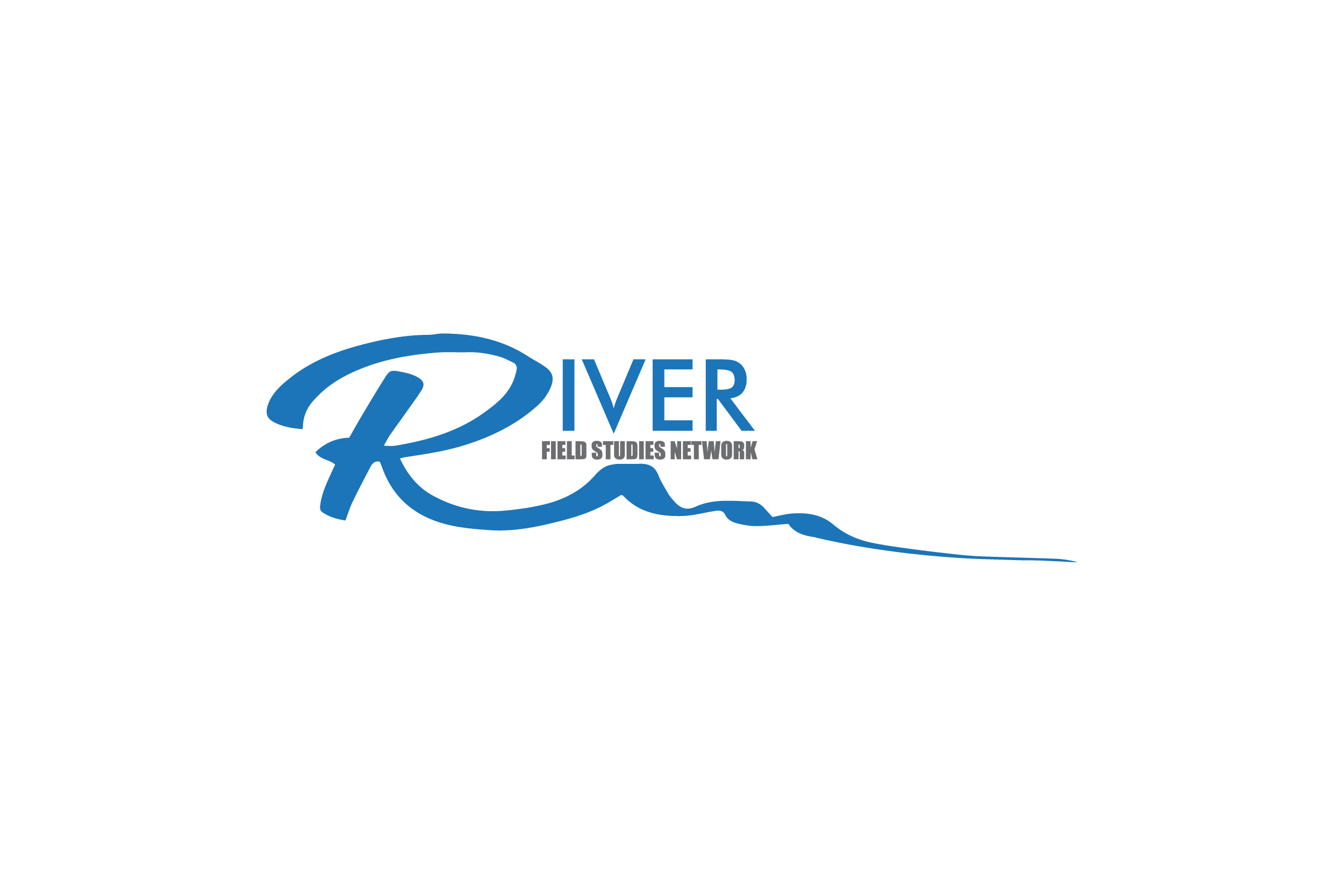A STEAM Approach to Investigating the Hydrologic Cycle
Author(s): Maribeth Kniffin
Louisiana State University
642 total view(s), 560 download(s)
Lesson_plan(PDF | 246 KB)
Handout1_field_notebook_prompt_questions.pdf(PDF | 78 KB)
Handout2_venn_diagram_comparison.pdf(PDF | 94 KB)
Handout3_painting_instructions.pdf(PDF | 92 KB)
Handout4_written_assignment.pdf(PDF | 77 KB)
Handout5_scientific_method.pdf(PDF | 57 KB)
Handout6_hydrology_definitions.pdf(PDF | 112 KB)
- License terms
Description
This lesson is focused on teaching introductory to mid-level undergraduate students to make detailed field observations and to transform them into a conceptual model using painting. The lesson includes a lesson plan, five handouts, and photos examples.
Target audience level
This lesson is targeted at introductory to mid-level undergraduate students in earth science, hydrology and/or hydrogeology. Students should have prior knowledge about the hydrologic cycle and components of the hydrologic budget. They should also be comfortable exploring their own creativity through the medium of paint.
Summary of the lesson
The purpose of this experiential lesson is to teach introductory to mid-level undergraduate students how to make detailed hydrologic field observations and transform them into visual representations, similar to a conceptual model. Students should have prior knowledge about the hydrologic cycle and the hydrologic budget. The lesson contains three parts. Part I is the field component where students develop observational skills in the field. Students make detailed observations about key processes of the hydrologic cycle near a river while canoeing, kayaking, or hiking. Students document these observations through writing and sketching in a field notebook. Part II is an outdoor art-lab lesson where students review the hydrologic cycle, critically think through the intersection of science and art, and are introduced to conceptual models. They will take their observations and sketches from Part I and create a painting to further explore one of five processes of the hydrologic cycle. Part III is a post-lesson written assignment that provides an opportunity for students to reflect on their experience and demonstrate their knowledge about the hydrologic cycle in relation to the local hydrology. By the end of the lesson, students will have a deeper cognitive and tactile understanding of hydrologic processes. Equipment needed include a field notebook, paints, a canvas, and handouts. This lesson would be well-suited to an introductory earth science, hydrology, or hydrogeology course and can be helpful when introducing the concept of scientific models. The lesson can be applied across different rivers, regions, stratigraphy, etc. Alternatively, the lesson format and painting practice could be applied to explore content other than the hydrologic cycle. The primary benefit of this lesson is that it gives students the opportunity to integrate their field experience, explore their conceptualization of complex processes, and communicate that understanding visually.
Learning Outcomes:
- Field skills. Students will demonstrate the ability to make detailed field observations.
- Scientific. Students will describe the five processes of the hydrologic cycle and how they apply to a local river.
- Interdisciplinary. Students will compare and contrast the methods of scientific data collection to methods of data collection for art.
- Interdisciplinary. Students will describe how art can inform scientific investigation.
- Scientific. Students will define a scientific conceptual model.
- Scientific. Students will demonstrate how to transform their observations and conceptual understanding of hydrologic cycle processes into visual representations.
Cite this work
Researchers should cite this work as follows:
- Kniffin, M. (2023). A STEAM Approach to Investigating the Hydrologic Cycle. River Field Studies Network, QUBES Educational Resources. doi:10.25334/N7P6-AQ61
